While winter is a time to conserve energy, reduce our activity and look within, spring fosters awakening and blossoming. Our sleepy bodies are roused from dormant states of introspection from the winter with new and expectant visions of growth and rebirth in the spring.
With the promise of renewal, warmth and longer days on the horizon, spring offers an opportunity to dust ourselves off and freshen up. It is a perfect time to cleanse our body and environment, support our souls and revisit our intentions. If we come into these activities of rejuvenation with wisdom and mindful compassion, they can serve as a nourishing practice.
PUTTING RENEWAL INTO PRACTICE
We can refresh our bodies in the spring by engaging in gentle detoxifying practices like: exercise, sweating on a regular basis, drinking plenty of filtered water and eating lots and lots of veggies!!
Decluttering the spaces we inhabit can assist us in clearing out our homes as well as our hearts and minds. I am a huge fan of incremental steps of tidying, so I won’t get too overwhelmed. If you don’t know where to begin, please read ‘Decluttering Tips: 3 Teeny-Tiny Steps to Help You Get Started’ by Courtney Carver here.
We can also renew our passion and purpose in life by ‘coming home’ to our heart and our soul. I believe the greatest work in our life is to develop our soul and listen to our heart. I have found everything—work, relationships, and finance—fall into line, if I stay true to my authentic self. One of our greatest accomplishments can be to develop our hearts and use this ‘knowing’ to elevate our life as well as the world.
SPRING ENERGY—FOR BETTER OR WORSE
As wonderful and beautiful as spring is, there is often an energy of agitation and angst that surfaces in the earliest portions of this season. Spring is full of joy and promise, but also holds potential and pressures of renewed energy. Like the buds and blossoms pushing out into the world, we hold feelings of vitality, fresh hope and new beginnings.
This possibility and anticipation may create a visceral sense of pent-up energy, anger and agitation that is waiting to be released. It is normal to feel irritated, impatient or even angry as we usher in the new and enlivened energy of spring. We can rest assured, the angst and irritability we may experience, can find its resolution as the world comes into full bloom and settles into summer.
While we wait for the world to renew, we do not need to sit back and suffer. We can call in calm for our bodies, seek out solace for our spirits and settle into the present beauty and awe of the unfurling all around.
REIKI CAN HELP REBALANCE
The gentle approach of Reiki is a perfect support during this time of change and renewal. As a hands-on energy healing technique, Reiki nurtures and restores us physically, emotionally, mentally and spiritually. Working on a nonverbal, subconscious and energetic level, Reiki allows us to let go of unwanted energies and negative ways that keep us stuck and confused in our lives.
Fostering deep relaxation, Reiki promotes a sense of calm and balance for our body, mind and spirit. When our bodies deeply relax—they naturally heal and come back into harmony. A Reiki session can effectively assist us in resolving tension and imbalance created during this unsettled time of year.
REFERENCES
Spring Equinox—Vernal Equinox
Spring Equinox
Spring Cleanse With Reiki
Why Reiki Is The Perfect Holistic Treatment To Kick Start Your Positive Changes This Spring
Spring: The Season of Renewal: The Elements of Wood
The Spirit of Renewal: Spring and Traditional Chinese Medicine
What’s The Deal With “Detox”?
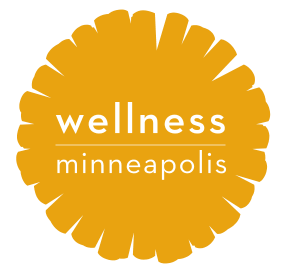
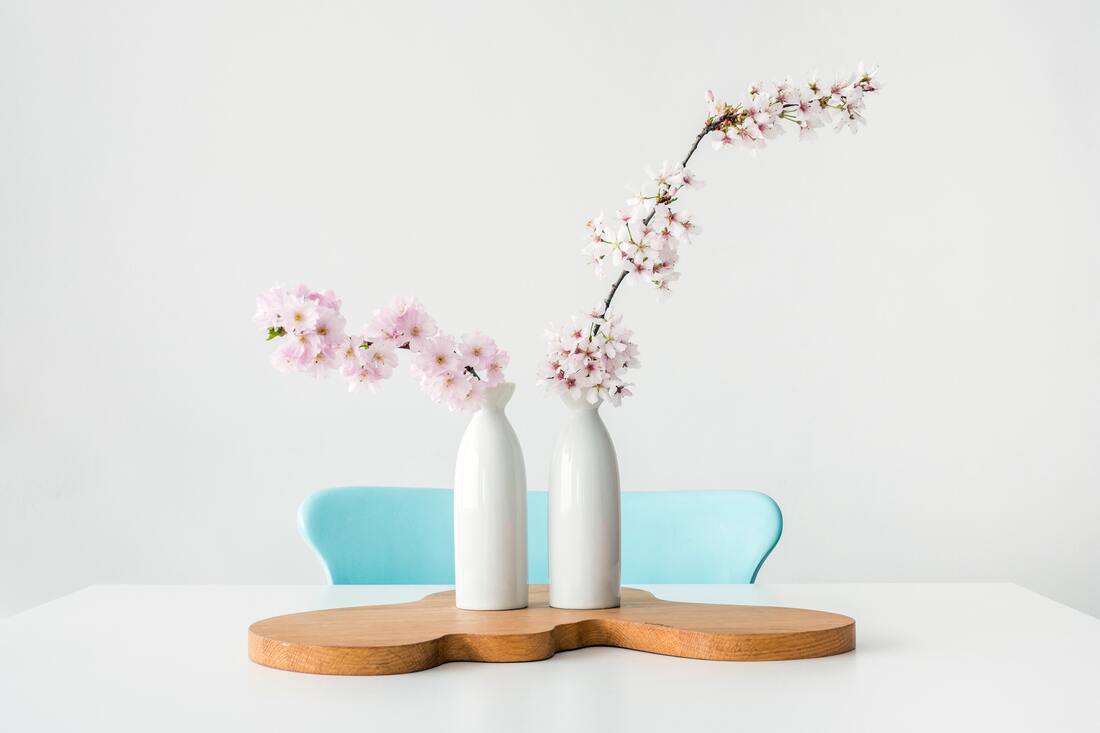
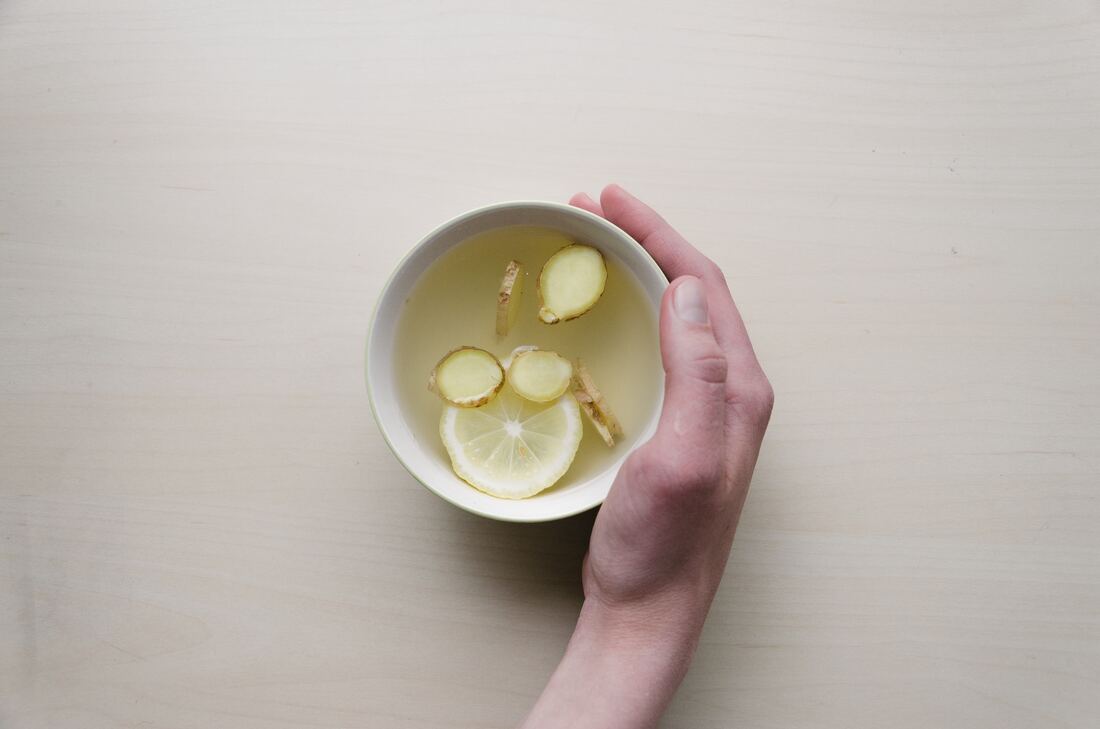
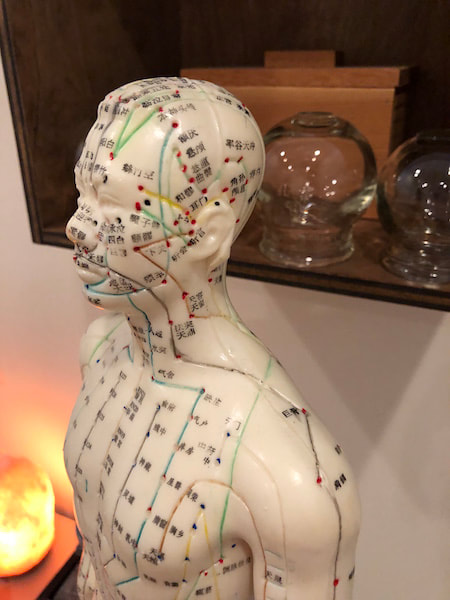
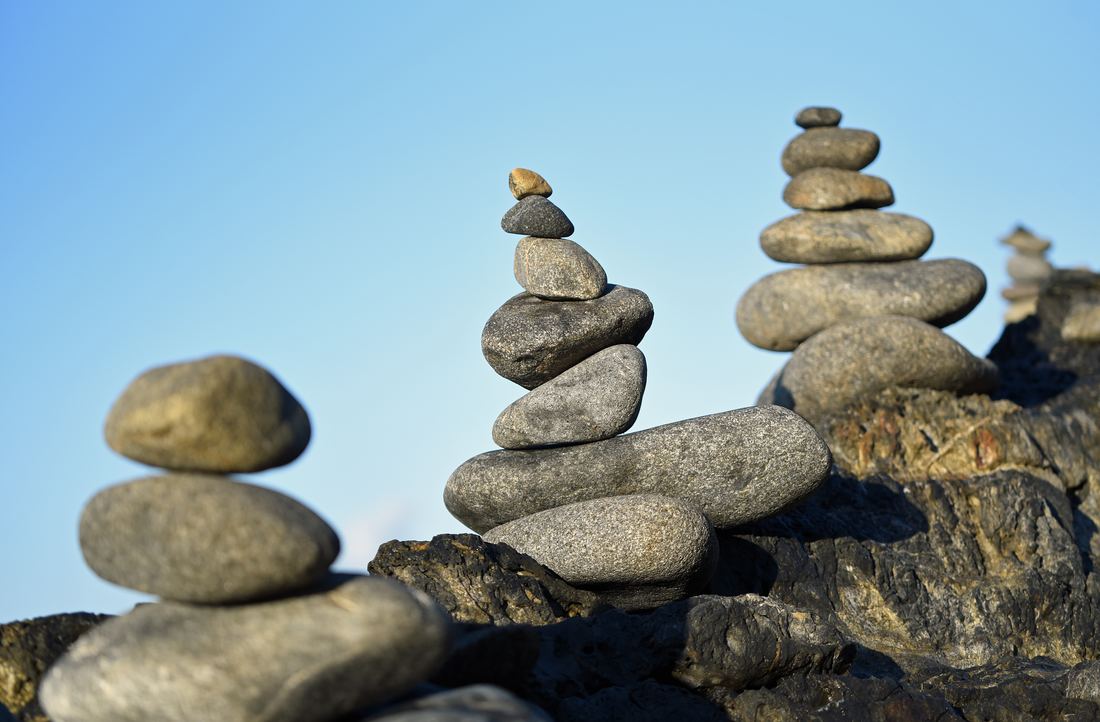
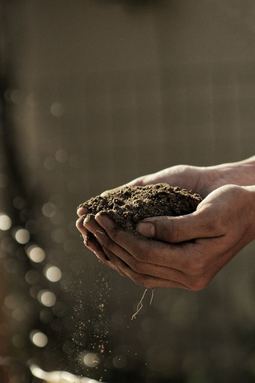
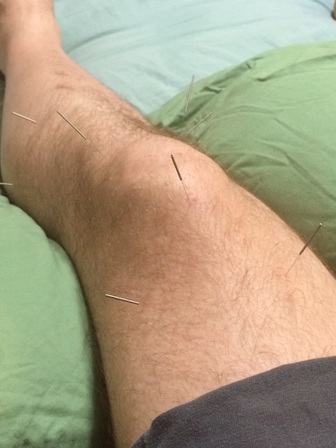
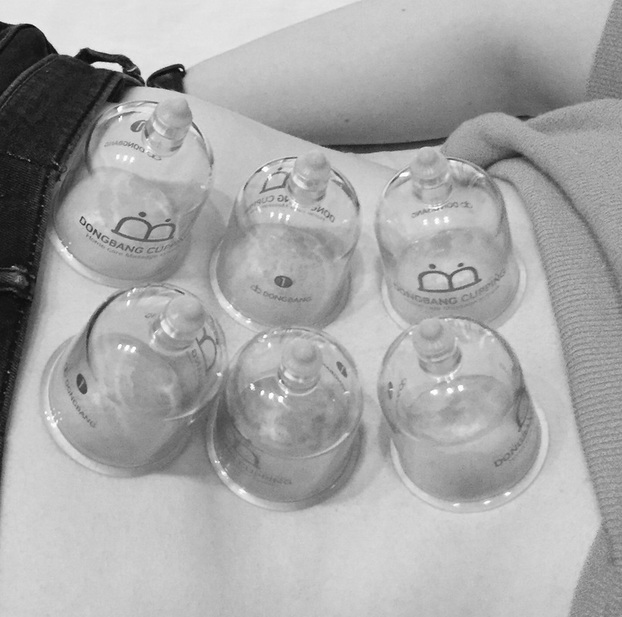
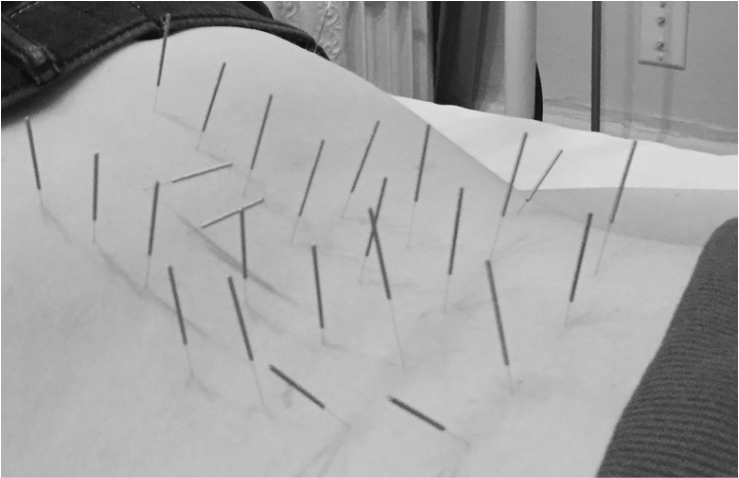
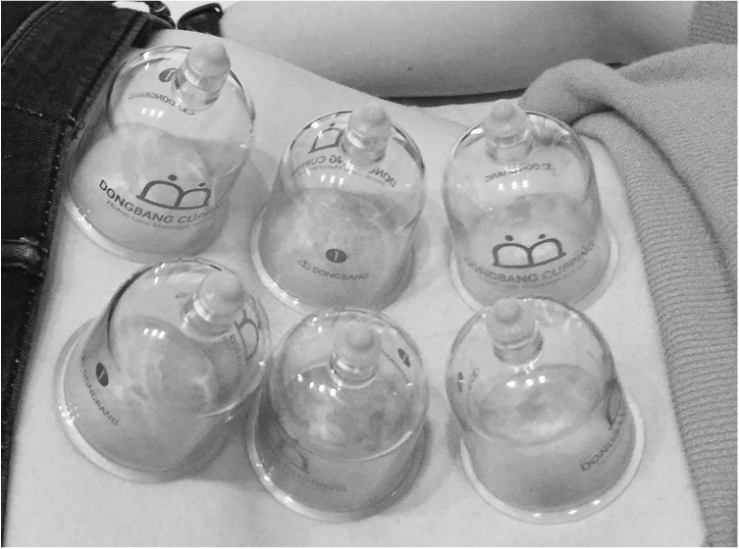
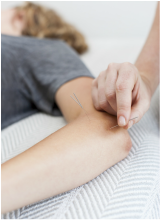
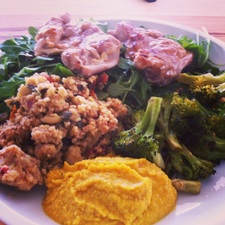
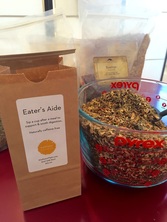
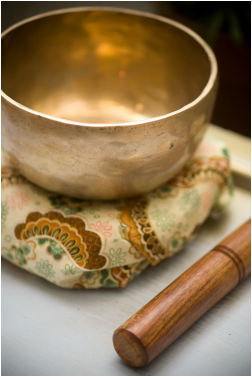
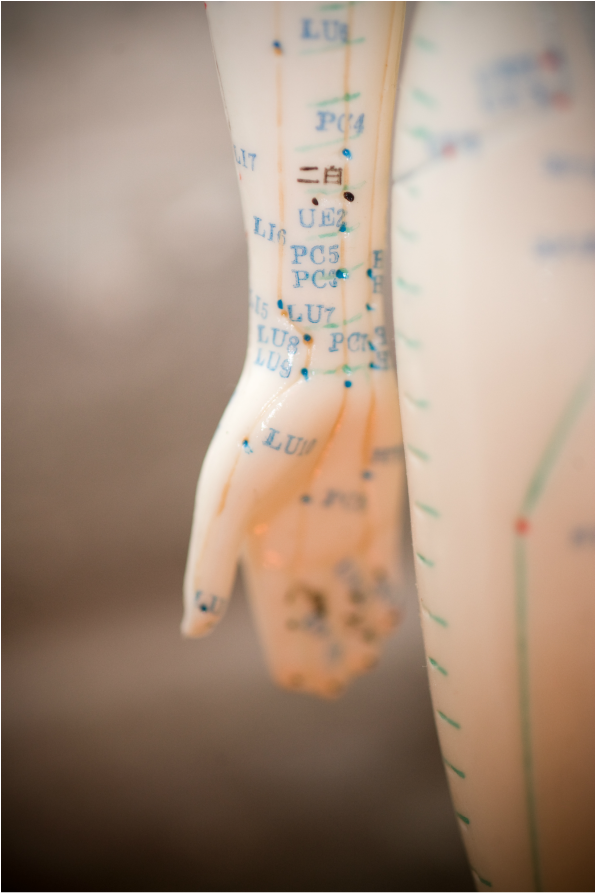
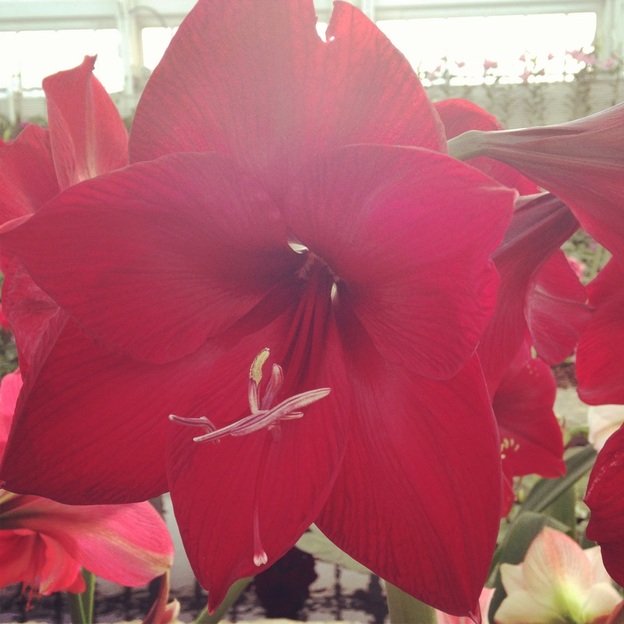
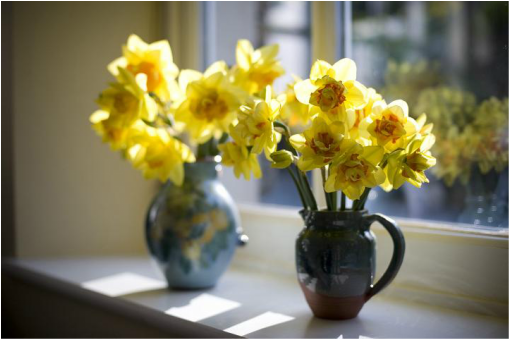


 RSS Feed
RSS Feed